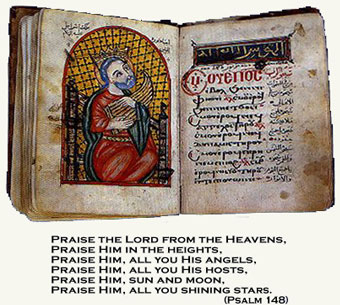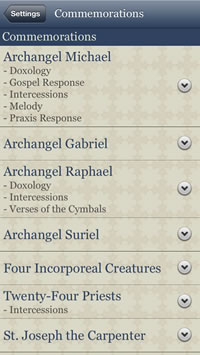

The Coptic alphabet's glyphs are largely based on the Greek alphabet, another help in interpreting older Egyptian texts, with 24 letters of Greek origin 6 or 7 more were retained from Demotic, depending on the dialect (6 in Sahidic, another each in Bohairic and Akhmimic). Ⲩ to show that these started a new syllable, others a circumflex over any vowel for the same purpose. Various scribal schools made limited use of diacritics: some used an apostrophe as a word divider and to mark clitics, a function of determinatives in logographic Egyptian others used diereses over ⲓ and Some Egyptian syllables had sonorants but no vowels in Sahidic, these were written in Coptic with a line above the entire syllable. The Coptic alphabet was the first Egyptian writing system to indicate vowels, making Coptic documents invaluable for the interpretation of earlier Egyptian texts. The Old Nubian alphabet-used to write Old Nubian, a Nilo-Saharan language -is written mainly in an uncial Greek alphabet, which borrows Coptic and Meroitic letters of Demotic origin into its inventory. All the Gnostic codices found in Nag Hammadi used the Coptic alphabet. Coptic is not generally used today except by the members of the Coptic Orthodox Church of Alexandria to write their religious texts.

(There are a number of differences between the alphabets as used in the various dialects in Coptic). By the 4th century, the Coptic alphabet was "standardised", particularly for the Sahidic dialect.

With the spread of Christianity in Egypt, by the late 3rd century, knowledge of hieroglyphic writing was lost, as well as Demotic slightly later, making way for a writing system more closely associated with the Christian church. A number of letters, however, were derived from Demotic, and many of these (though not all) are used in "true" Coptic writing.

During the first two centuries of the Common Era, an entire series of spiritual texts were written in what scholars term Old Coptic, Egyptian language texts written in the Greek alphabet. The Coptic alphabet has a long history, going back to the Hellenistic period, when the Greek alphabet was used to transcribe Demotic texts, with the aim of recording the correct pronunciation of Demotic.


 0 kommentar(er)
0 kommentar(er)
